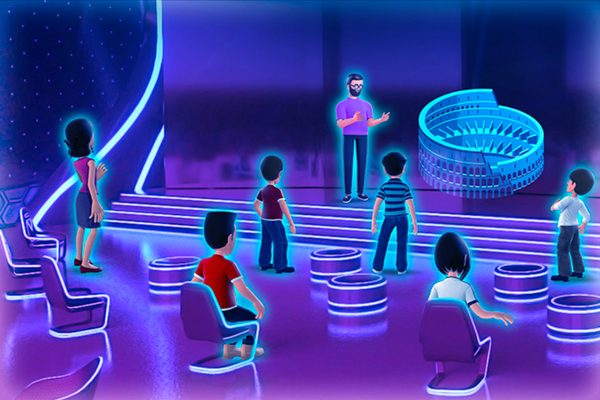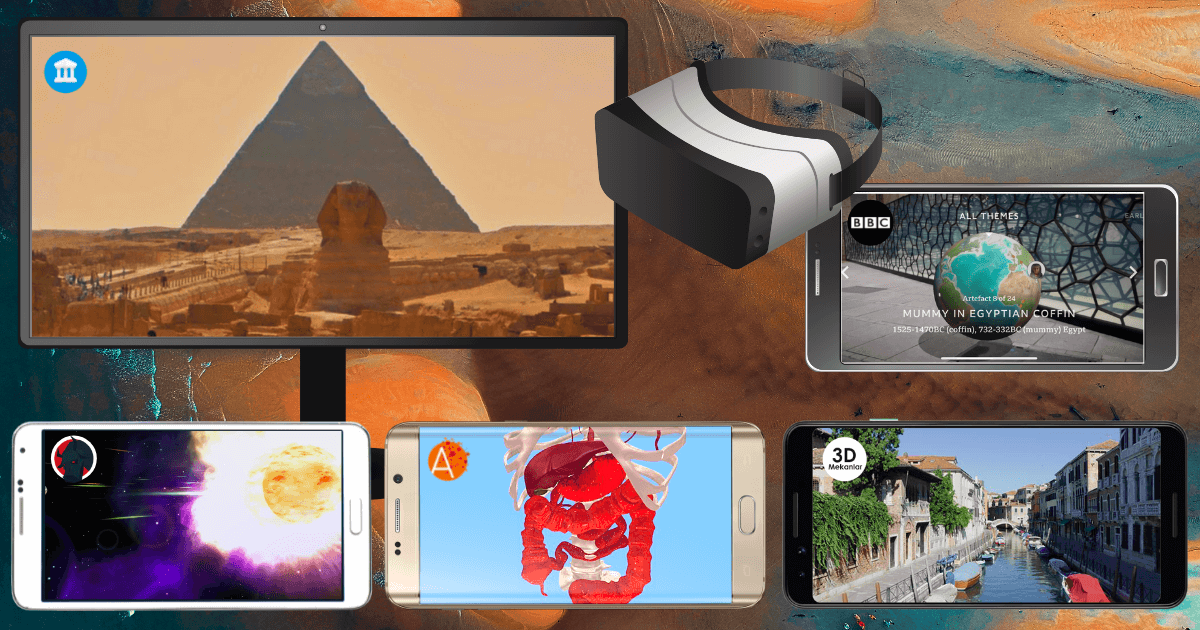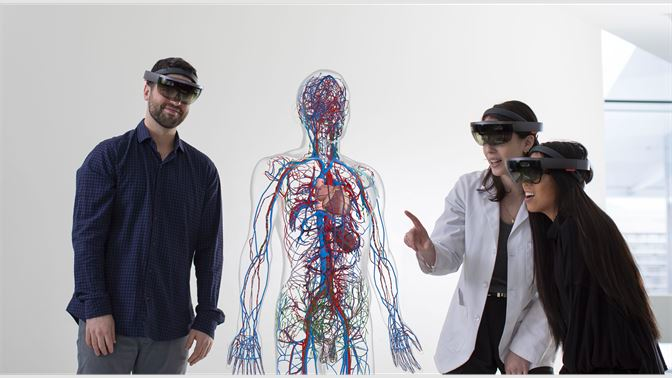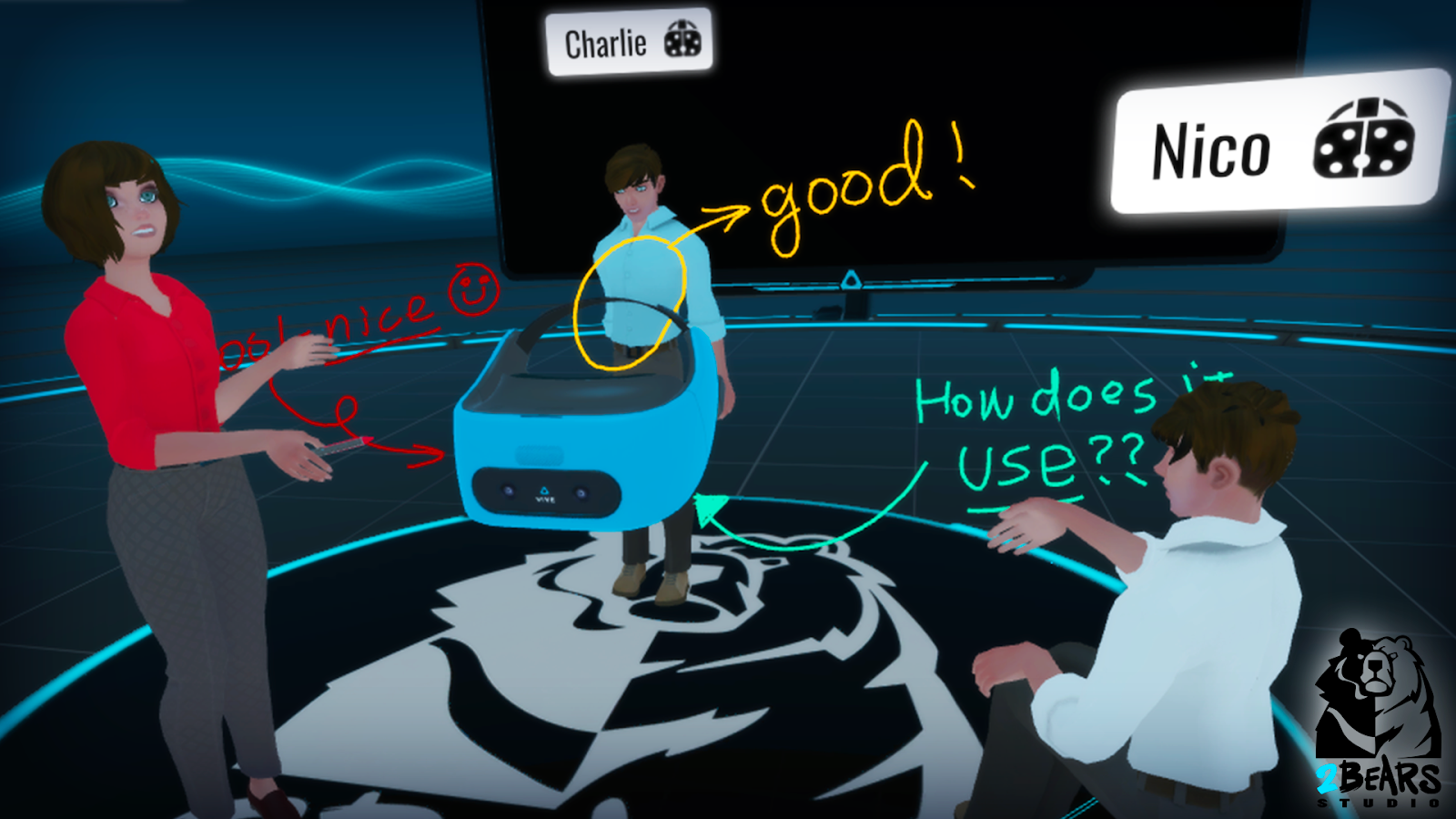The post-covid classroom has seen a virtual transformation like never before. As we adjust to the future of digital learning, mixed reality technologies continue to bridge the gap between remote teachers and an online classroom.
From stepping inside the heart of a patient in medical school to embarking on field trips from the comfort of the school gates, AR, VR, and MR have become revolutionary teaching tools for educators in 2023.
Standing as one of the most invested in sectors of virtual technology development, the education industry is set to see a future that breaks down learning barriers. Introducing immersive aids could boost student engagement and breathe life back into the classroom.
The question is, which mixed reality tools should educators get their hands on in 2023? We’ve delved into the benefits of virtual learning and listed the best MR-powered platforms currently dominating the education sector.
Could Virtual Learning Boost Educational Success?
Mixed reality technology has become a key player in classroom learning in 2023. Sitting somewhere between augmented and virtual reality tech, MR enhances a user’s physical surroundings in the same way as AR but utilises a headset for maximum immersion.
As we step into a post-covid classroom, students are craving more digital immersion than ever before. As a smartphone-fueled generation, most students from the age of 5+ are confident with some form of immersive technology. Whether that is an AR-powered mobile game or a VR-powered headset console, studies have found that bringing enjoyable digital aids into the classroom could stimulate learning experiences in the same way as gameplay.
In fact, experts suggest that virtual technology can actually increase student engagement by 35% in the classroom, making it a key tool to utilise for all ages. Better still, studies using the Microsoft HoloLens in just 3 diverse classrooms saw students perform 22% better in module exams.
The question is, where could immersive learning go next? This is where mixed reality steps in. While full immersion is preferred by digital natives across the globe, finding a technological middle ground between app-based immersion and expensive VR headsets is the key to pioneering a much more inclusive learning environment for all institutions.
With the ability to be multi-functional and compatible with a number of VR and AR-powered platforms, mixed reality headsets are not only cheaper than traditional VR alternatives but can be used in a wide range of subjects and use cases.
From an interactive science lesson, strolling through a neuron, to a virtual trip to the Great Wall Of China, Mixed reality aids offer teachers endless opportunities to make learning engaging for visual and practical learners.
4 MR Powered Platforms Transforming The Classroom
If you’re ready to introduce immersive learning to your students, it’s only fair that we tell you about the best mixed reality aids on the market.
Whether you’re in a high-functioning medical school or a KS1 classroom, it’s time to enter a new era of immersive education.
Here are four of the leading mixed reality platforms that are currently dominating the education sector in 2023.
Meta’s Mixed Reality Classroom

(Image Source: APACK News)
When we think about VR, we think of Meta. As a pioneer in the extended reality sector, Meta is one of the largest tech firms to embark on a metaverse journey and one of the first companies to create live virtual workrooms for virtual users across the globe.
On their Horizon Worlds platform, Meta‘s introduction of their ‘immersive workrooms’ has changed the game for remote teaching. With their newest Meta Quest Pro MR device, Meta aims to bring the classroom to the students in the most realistic way.
From hypersensitive eye-tracking to virtual whiteboards, students and their teachers can tap into their virtual workspace and connect with their peers as if they were there in real life. Not only does this rescue the need for in-person learning, but with the ability to emote using a headset, meta breaks social barriers that are prominent on video platforms like Zoom, making for a much more personalised, interactive learning experience.
Immersive Field Trips with Google Expeditions
Google is also dipping its toes in the mixed reality sector and is a great tool to utilise for classrooms on a budget.
Take Google Expeditions, for example. Using any mixed-reality headset, students can be quickly transported to famous global galleries, London’s science museum or even the middle of a rainforest.
 (Image Source: Eduporium)
(Image Source: Eduporium)
Using immersion to bring educational field trips to the classroom enables students to enjoy culture in an inclusive environment while dramatically cutting costs and breaking barriers of physical distance.
Microsoft’s Holo Lens Training
It’s not just primary and secondary schools benefitting from immersive tech, but also universities thanks to Microsoft.
After realising their mixed reality HoloLens 2 headset and their Dynamics 365 Guides, students can now immersive themselves within their learning on the go.
Take medical students, for example. While traditional medical training requires them to physically shadow professionals and rarely witness real-life procedures, MR-powered training programs allow students to complete virtual, hyper-realistic surgeries and treatments over and over again, boosting confidence before they enter a realistic scenario.

(Image Source: Microsoft)
“The HoloLens really emphasized the power of visual learning in a specific space, but not actually having to be there,” claims Jared Auclai, PhD, Director of Executive Training and Biotechnology Programs at Northeastern University.
This opens up greater possibilities for universities to take on more students, especially after experts at Northeastern University saw training times cut by a whopping 83%.
VIVE Sync’s Career Tasting
VIVE Sync is an MR platform best known for its work conferencing features, however, it has recently been praised for its remote learning potential.
 (Image Source: VIVE)
(Image Source: VIVE)
As a remote meeting app that can be accessed from any device, developers have now taken their platform one step further by offering users the ability to connect with people in real-life job environments.
From a bustling newsroom to a science lab, students can connect with industry professionals in a hands-on learning experience.
A Mixed-Reality-Led Future?
As we step into a new era of education, could virtual technology sit at the heart of innovation?
From increasing productivity to opening up new doors for interactive, on the go learning, mixed reality is just the beginning of a digitally charged education sector.
The post Introducing the Immersive Classroom: 4 Mixed Reality Tools Teachers Should Get Their Hands On appeared first on Datafloq.

